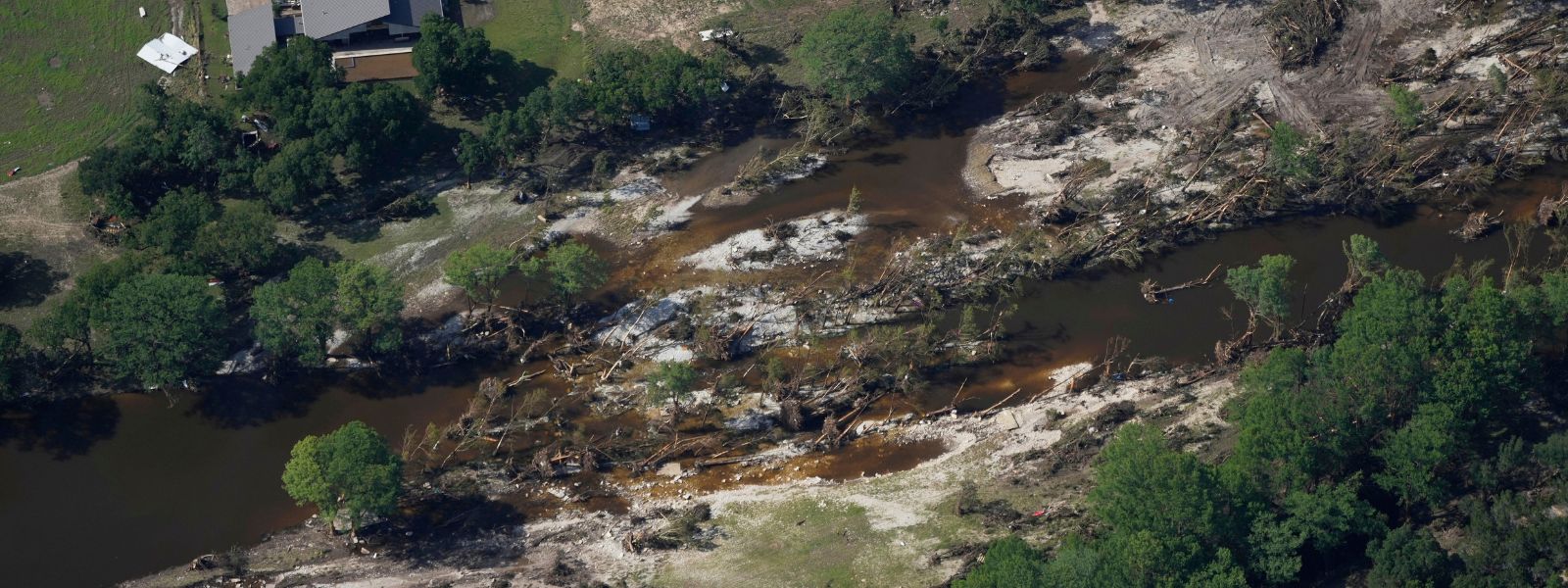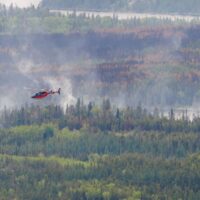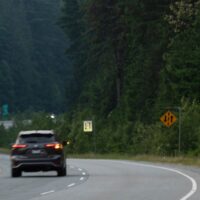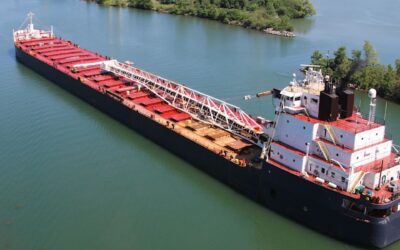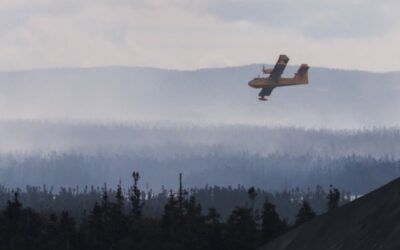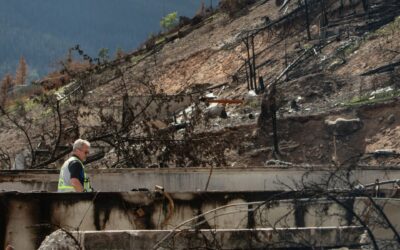This article was previously published in Corporate Knights.
If you’re reading this column, you’re likely already familiar with any number of climate-driven extreme weather disasters, some of which may have impacted you directly or those in the communities you live in.
The most recent is the heart-breaking tragedy that has taken the lives of more than 100 people in Texas due to one-in-1,000-year flash flooding. That includes the lives of 27 children and counselors at a local girls summer camp.
Here in Canada we are still in the midst of a devastating wildfire season on track to be the second worst on record. It has left communities across the country – especially remote, northern and Indigenous communities – fleeing for safety or anxiously living in fear of what their future holds. It has cast enormous clouds of suffocating smoke on major urban centres in Canada and the United States, similar to what happened during 2023’s record-smashing wildfire season.
And of course, last July we nearly lost the entire town of Jasper to inferno and this past January Los Angeles stared down catastrophic wildfires.
I could go on. But the point is that in each of these all-too-common events there is immediate and incalculable human tragedy and suffering. People’s lives are upended, they lose those most dear to them, or they are forever changed in some meaningful way.
And there is climate change.
Natural disasters are where the typically bloodless, scientific term of “climate change” meets reality. They are the frontlines of an even larger human tragedy that is playing out before our eyes, almost in slow motion. I say ‘almost’ because these disasters keep piling up quickly as the heating of the planet accelerates.
The question is: what to do about it? And how do we talk about these events in a way that respects the personal tragedy while being clear-eyed about the accelerating force of climate change?
Striking a delicate balance
At the top of the to-do list is rapidly reducing the amount of carbon pollution we send into the air and building a cleaner economy. We can also take a litany of actions to protect our communities and make sure we are better prepared for future disasters.
Doing both at the same time will dramatically save costs and reduce human impacts, as the Canadian Climate Institute has shown in great detail. (The Institute has even set up an online tool to track recent climate-related costs from extreme weather in Canada.)
But part of the conundrum is about helping people gain a more visceral understanding of the reality we all face. Are people internalizing the link between these tragic events and climate change?
It’s an important question because outside of these disasters, the reality of climate change can be much less impactful, often expressed in the more abstract language of science or policy.
The answer seems to be that yes, a majority of Canadians are still making the connection between extreme weather and climate change, particularly with wildfire. But that’s despite a lack of media coverage linking the two. In fact, only 16 per cent of news stories in Canada explicitly named wildfires and climate change, according to recent analysis. Much more needs to be done to make it clear the two are inseparable.
For people working to accelerate policy change, that means it’s critical we help make those connections. We need to fully acknowledge both realities – both the immediate human impact and the underlying driver of climate change – and do so within a limited time window when media and the public are most attuned.
To do so is not ‘politicizing’ the weather or wildfires, as some have claimed. Of course, we need to treat the victims with great empathy. But we cannot let the moment pass without tying together symptom and cause.
Anything less risks exacerbating the current path we’re on and inviting even more danger. Future disasters will become worse and more frequent. These unspeakable tragedies will continue with the root of the problem left unspoken. And the public will remain in the dark about the true emergency we face with climate change threatening even greater destruction in the future.

